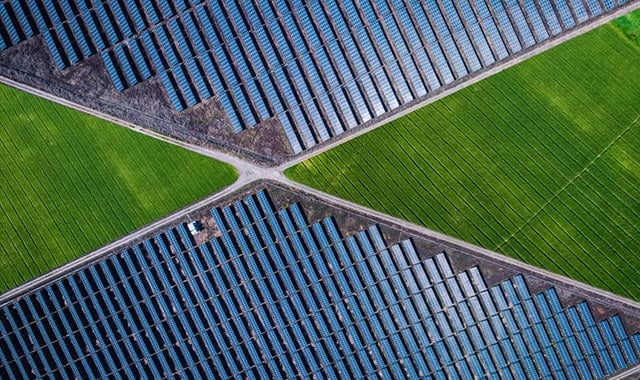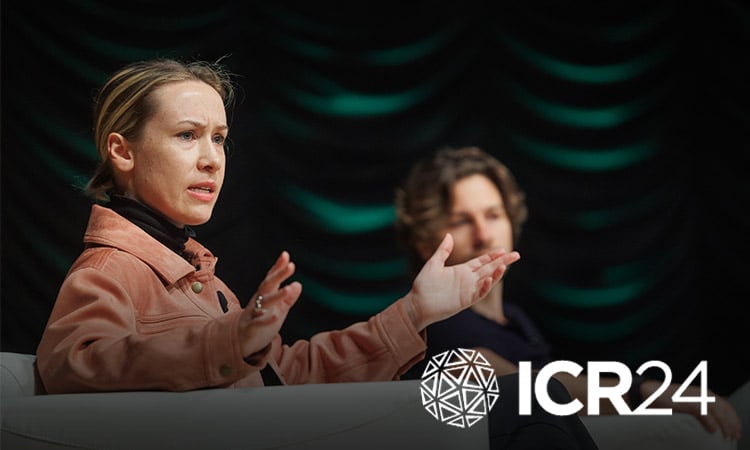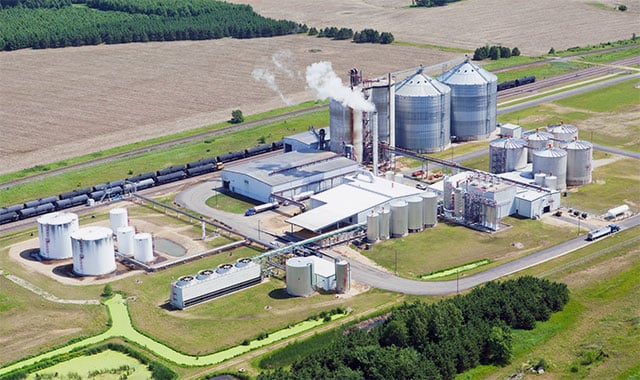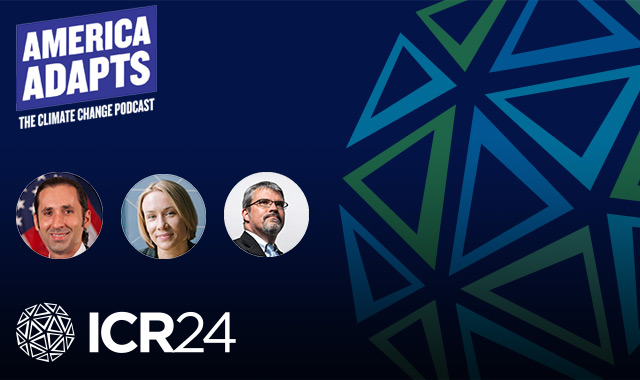ReSource One Step Closer to the Circular Economy

Military forward operating bases (FOBs) produce tons of trash. The Defense Advanced Research Projects Agency (DARPA) ReSource program aims to turn that waste into lubricants and other valuable products. Now in the third phase, Battelle is one of several organizations to lead part of the program that is one step closer to making this version of a circular economy a reality.
DARPA awarded the ReSource project to Battelle in 2020, along with Iowa State University, the Massachusetts Institute of Technology and the Michigan Technological University. Battelle’s solution proposed genetically engineering microorganisms to turn waste products, including plastics and cardboard, into products that would be useful for forward-deployed troops, such as gun lubricant.
Three years later, the project has moved from bench-scale feasibility studies using limited materials to one-kilogram demonstrations using a broader range of inputs, thanks to the focused efforts and breakthroughs made by of dozens of researchers at Battelle. Phase 3, planned to run from spring 2023 to fall 2024, will scale the process up to handle 10 kilograms of waste material at a time and build out the mechanical elements and packaging for the system. The ReSource team, led by principal investigator Jake Lilly and lead systems engineer Ryan Daly, expects to have the first fully working model early next year.
The ultimate goal is to create a self-contained unit that will fit in a Tricon shipping container and handle a broad range of waste products. Tricon containers, at 8 feet by 6.5 feet and 8 feet tall, are widely used by the U.S. military and adhere to shipping and packaging regulations for FOBs.
“We need the final form to be something that fits within the current logistics environment for the military. And, it needs to have a very simple user interface and minimize the amount of sorting and pre-processing required by personnel,” said Lilly. “Ideally, you push a button, add trash, and the system does the rest for you.”
The ability to handle mixed materials turned out to be a big deal for the military. FOBs produce a lot of different kinds of materials and have limited personnel to apply to problems like waste management. The biochemistry needed to be robust enough to handle mixed waste materials with minimal pre-sorting or processing—even if non-target items, such as aluminum, end up in the pile. The unit also needed to minimize energy use and maintenance requirements in a forward-deployed environment.
The total process includes several steps, starting with material shredding and deconstruction leveraging technology developed at Savannah River National Laboratory. Then engineered bacteria convert the broken-down material into small molecules that are the basis for new products, such as oils, lubricants and cleaning solvents.
“Waste products like plastic and cardboard contain valuable molecules like hydrocarbons and other chemicals that can be repurposed into different products,” said Lilly. “This solves two problems for the military: dealing with waste and easing supply chain issues for essential products they need in the field.”
The military also hopes to reduce reliance on burn pits for managing waste in forward environments. Burning plastics and other materials produces toxic smoke that has been linked to a number of health and environmental problems.
While gun lubricant was the first output created using the process, the team has since expanded the range of potential output products in response to client feedback. The process has already been used to produce greases for ball bearings and corrosion protection. With other additives, waste materials could potentially be turned into machine or engine oil, heating oil, or even fuel. The Army said they could use any or all of those products.
“We had to pivot some over the course of the project to meet client needs,” said Lilly. “That requires really listing to the client—not just the agency, but the people on the ground who will actually use it.”
The technologies developed for DARPA also have the potential to revolutionize waste management in the civilian world. Managing mixed materials is a tremendous challenge for recycling facilities.
“Most recycling technologies are designed to handle very specific individual materials, such as aluminum or PET,” said Lilly. “But in the real world, waste material is never pure—it is always mixed. Even with the best sorting system, you will end up with impurities in the stream. Adapting what we have learned to create robust commercial-scale systems that can handle mixed waste would have a tremendous carryover benefit on the consumer side.”
Scaling up a system like this to handle the volume of waste created at a municipal level would present significant challenges but would also yield tremendous benefits, potentially transforming the cost incentives for recycling. In addition to lowering the costs of breaking down waste materials, it would also open new opportunities for recyclers to create salable chemical byproducts from the waste stream.
“It’s a very versatile platform,” said Lilly. “There is a lot of opportunity to optimize the process for different types of inputs and outputs.”
Related Blogs
BATTELLE UPDATES
Receive updates from Battelle for an all-access pass to the incredible work of Battelle researchers.







